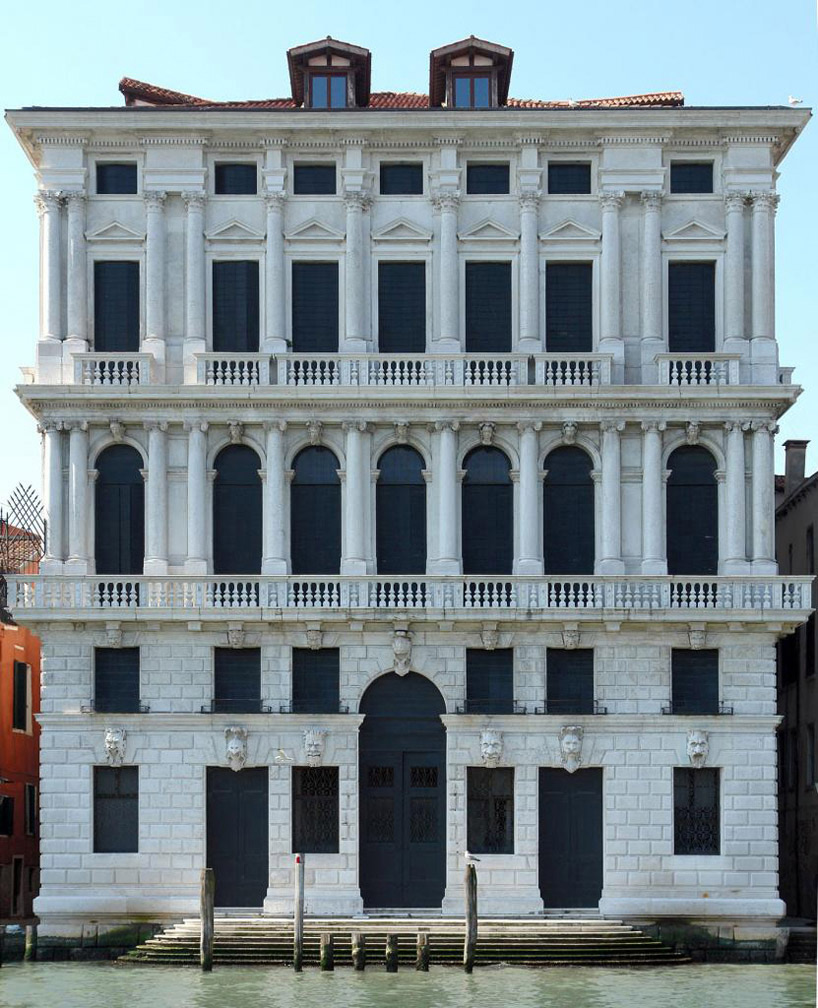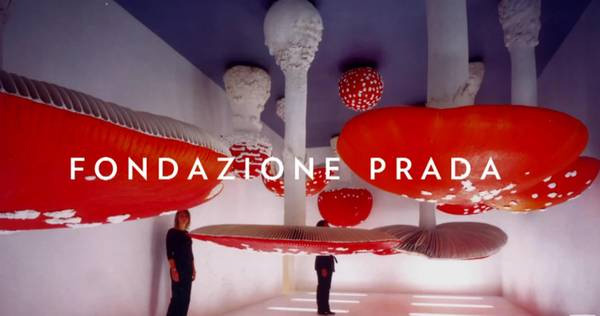



With a fortune estimated at roughly $11 billion, Miuccia Prada, 65, isn’t the world’s wealthiest philanthropist, but she is arguably the best dressed. Having inherited a family haute couture manufacturer, which began in 1913 with a small leather goods store opened by her grandfather, she has grown the company into a fashion powerhouse, extending the Prada brand by expanding into men’s wear, less expensive women’s wear, shoes and fragrances, and opening some 250 Prada stores, according to Forbes. Along the way, Prada has become synonymous with understated, classic chic.
But Miuccia, who has a PhD in political science and is a onetime member of the Communist party—a so-called “aristocommunist” who demonstrated in Courreges rather than jeans—is not your average designer. With her husband Patrizio Bertelli, she has emerged as a modern-day Medici, taking a leading role in sponsoring and collecting avant-garde art. In 1993, the couple established PradaMilanoArte, opening a space in Milan for contemporary sculpture. Two years later they renamed their nonprofit Fondazione Prada and expanded its capacity to include more contemporary art, photography, film, design, and architecture. That same year they hired curator Germano Celant to work at the foundation. It was a provocative choice: Celant is famous for his ideological commitment to arte povera—literally “poor art,” revolutionary works that attack the corporate mentality through unconventional materials and style.
 Fondazione Prada, Venice
Fondazione Prada, Venice
Over the next couple of decades, the Fondazione Prada gallery in Milan hosted some two dozen exhibits by established and emerging artists, commissioned new video work, published over 30 books on art and architecture, funded film festivals and international touring exhibitions, and underwrote projects changing the traditional face of Milan, such as the permanent lighting installation by Dan Flavin at the church of Santa Maria Annunciata. It funded the Fondazione Prada Chair for Aesthetics at the University of Vita-Salute San Raffaele in Milan, as well as philosophy conferences that underscore Prada’s intellectual bent. Not all Milanese have embraced her vision. “Culture is absolutely not seen as a priority,” she told The Art Newspaper in 2009. “We wanted to give a work by Charles Ray to the city of Milan, but ten years later they still haven’t found a square in which to put it.”
True to her interest in art and architecture, Prada hired Dutch architect Rem Koolhaas to design her edgy stores. She also commissioned Koolhaas’ firm to design the so-called Prada Transformer—a tetrahedron-shaped structure in Seoul that appears to shift shapes as cranes rotate the building—and a pop-up structure in Paris that served as museum, disco, and gallery space over the course of 24 hours. A more permanent home for art is Ca’ Corner della Regina, an historic Venetian palazzo the foundation took over in 2011 to hold international art exhibitions.
 "Synchro System" by Carsten Höller"
"Synchro System" by Carsten Höller"
In 2015 Fondazione Prada will host events during the Milan Expo, an undertaking dedicated to food safety, security, and quality that will promote Italy as well as global issues. That may be a good fit for the designer. In 2011 Miuccia Prada told WWD that she “probably” would seriously consider a career in politics. “Politics have always been a little of my passion,” she said. “And now I [could] use my work as a tool to do things other than fashion.”